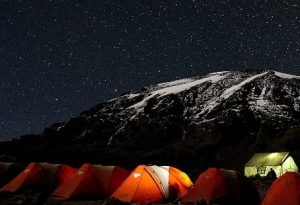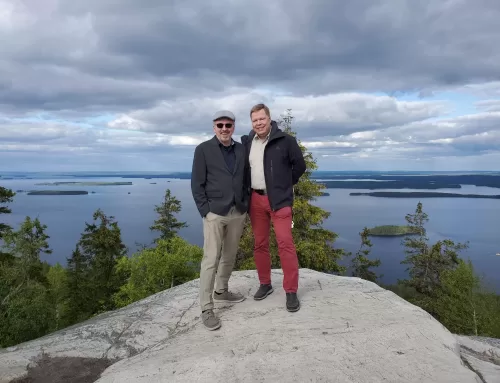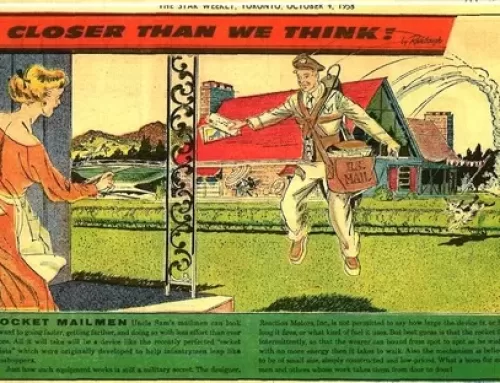
There are a great variety of things we have to look forward in the near future: automated vehicles and aircraft for travel; the increasing ability for drones to provide service and goods on command; the capability of personal communication devices to leverage peer-to-peer connections; semi-luxurious, yet highly portable shelters and modular tents; the ease of working remotely at any job from nearly any location one can connect to the “Net”; the rise of the gig economy, with a corresponding flexibility for one’s personal movements and schedules. What might the interaction of these technological and social trends lead to? One possibility is what might be called “flash towns”.
With the increased connectivity between individuals in urban areas, a common phenomenon is for groups to people to materialize quickly and with no warning in a highly organized and purposeful way, usually in public places. The purpose may be harmless, as with sudden political or artistic gatherings which just as quickly disperse. Or it can be more nefarious, as when miscreants use the same process and technology to show up suddenly en masse to conduct what’s sometimes called a “flash rob”.
In the future, might the sophistication of organized groups of people bring the same phenomenon to scenic and isolated regions within the great expanse of American national forests? Such “flash towns” would be sudden convergence of tens, or even hundreds, of people who have coordinated a time and place to meet far away from it all. Arriving at a suitable glade or hilltop in automatically-piloted flying cars, they bring their modular tents or larger shelters and equipment with them or they’ve arranged for the gear to be separately delivered by drone carriers at the same time. Within barely an hour, a quiet, picturesque meadow far from any road or station becomes a lively mini-metropolis for a day or perhaps a long weekend. Solar cells in the tent fabric and wireless charging power everything on-site. Tents and cabins are connected together to keep out the weather and to form communal spaces, providing a balance between interior and exterior. Peer-to-peer links ensure all residents can stay connected and satellite coverage keep everyone plugged in to the outside work as they play, work or socialize. The remoteness of their “town’s” location is part of the draw and it’s a guarantee of no neighbors for tens of kilometers in any direction to disturb or to be disturbed by. At the agreed-upon time, the hamlet evaporates onto the four winds, often before they are even detected, let alone confronted. The impact of flash towns could be uncertain. Ideally, the residents will follow the philosophy of LNT: “leave no trace”; but that depends a lot on the people. Forest managers must be prepared to locate and deal with trash and other sanitary debris, disturbed vegetation, and stressed wildlife in nearly any location, without regard to road or established campsite proximity. In the worst case would be security or rescue scenarios involving a large number of people in extremely isolated patches of woodland or mountain. Kurt Callaway



